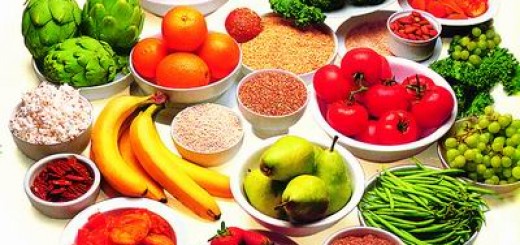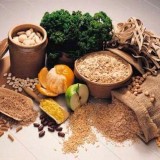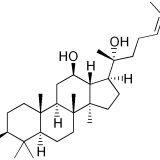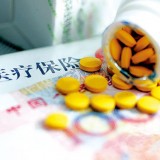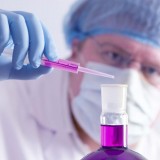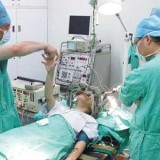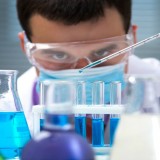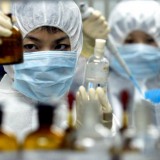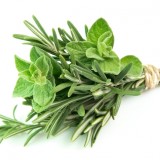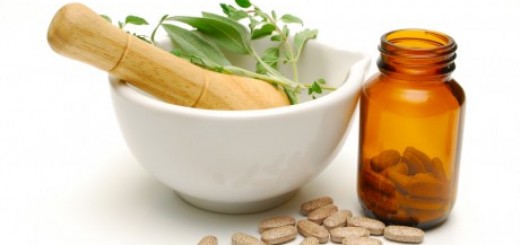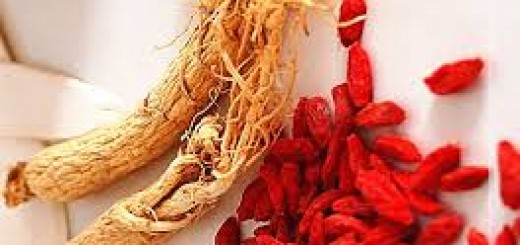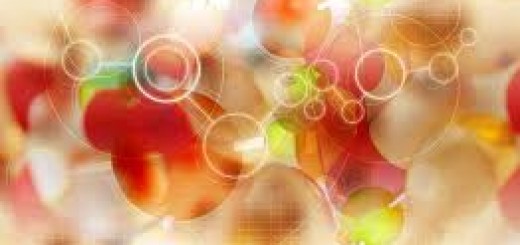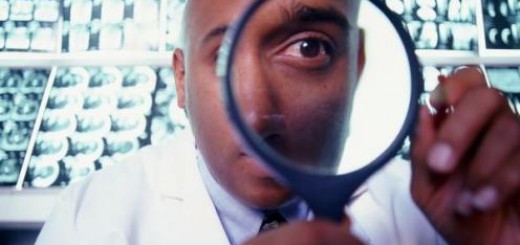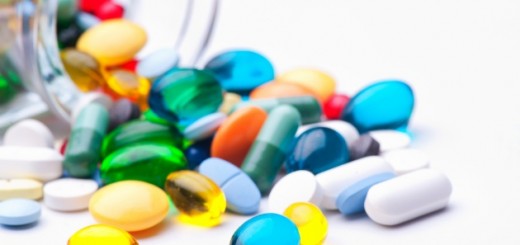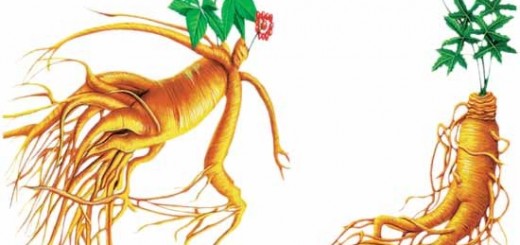Angiogenesis is the physiological process through which new blood vessels form from pre-existing vessels. Chemical stimulation of angiogenesis is performed by various angiogenic proteins, including several growth factors, among which is the VEGF (vascular endothelial growth factor). Vascular endothelial growth factor (VEGF) has been demonstrated to be a major contributor to angiogenesis, increasing the number of capillaries in a given network.
Angiogenesis is a fundamental step in the transition of tumors from a benign state to a malignant one. Tumors need a dedicated blood supply to provide the oxygen and other essential nutrients they require in order to grow beyond a certain size (generally 1–2 mm3). Tumors induce blood vessel growth (angiogenesis) by secreting various growth factors (e.g. VEGF). Angiogenesis is a necessary and required step for transition from a small harmless cluster of cells, often said to be about the size of the metal ball at the end of a ball-point pen, to a large tumor.
Also, angiogenesis is required for the spread of a tumor, or metastasis. Single cancer cells can break away from an established solid tumor, enter the blood vessel, and be carried to a distant site, where they can implant and begin the growth of a secondary tumor.
As angiogenesis is essential for tumor growth and metastasis, controlling tumor-associated angiogenesis is a promising tactic in limiting cancer progression. Although antiangiogenic drugs are now available for many advanced malignancies (colorectal, lung, breast, kidney, liver, brain, thyroid, neuroendocrine, multiple myeloma, myelodysplastic syndrome), cost and toxicity considerations preclude their broad use for cancer prevention.
Protopanaxadiol (PPD), an active dammarane sapogenin extracted from Ginseng and other herbs, exhibits a strong anti-cancer activity on a wide spectrum of cancer cells through inducing apoptosis. Recent research also found that PPD can inhibit tumor angiogenesis, adding a new mechanism to PPD’s anti-cancer mechanisms.
In the study, a gastric cancer (stomach cancer) was created on animal model, and cyclophosphamide, PPD at 25, 50 and 100mg/kg were adminstered to observe the status of angiogenesis. With the development of gastric cancer, the expression of angiogenesis-stimulating VEGF increased, with corresponding increase in new vessel density in the tumor. However, the intervention of PPD at all doses markedly reduced the vessel density, especially for the doses above 50mg/kg, at which the vessel densities were even lower than that in cyclophosphamide treatment.
This study first showed the anti-angiogenesis activity of PPD, and suggests PPD has a pleiotropic anti-cancer activity.
The study was published on Chinese Journal of Gerontology 2010, 30(20)

















